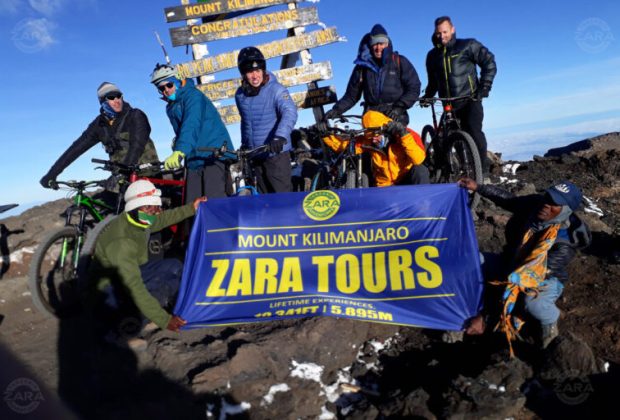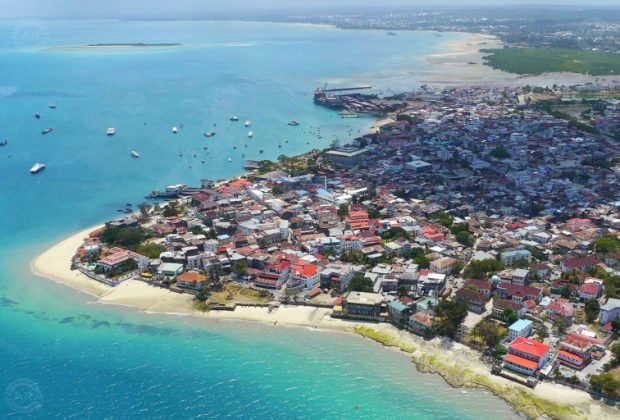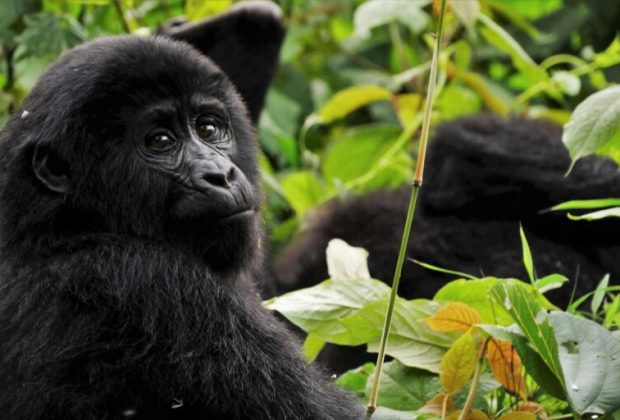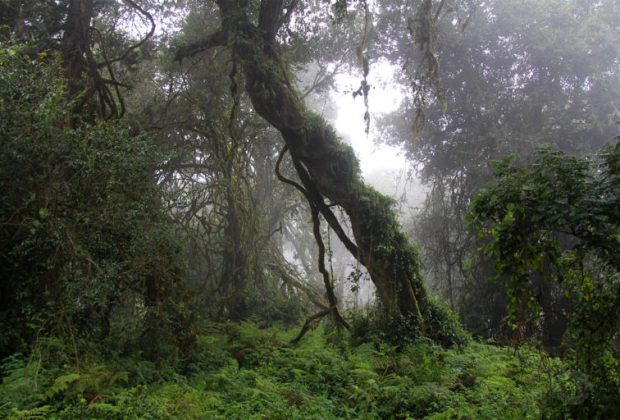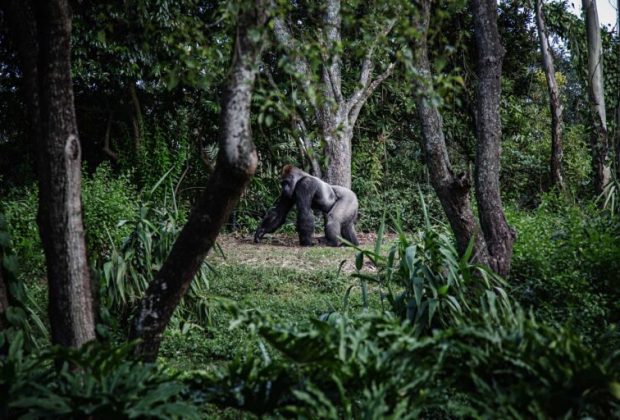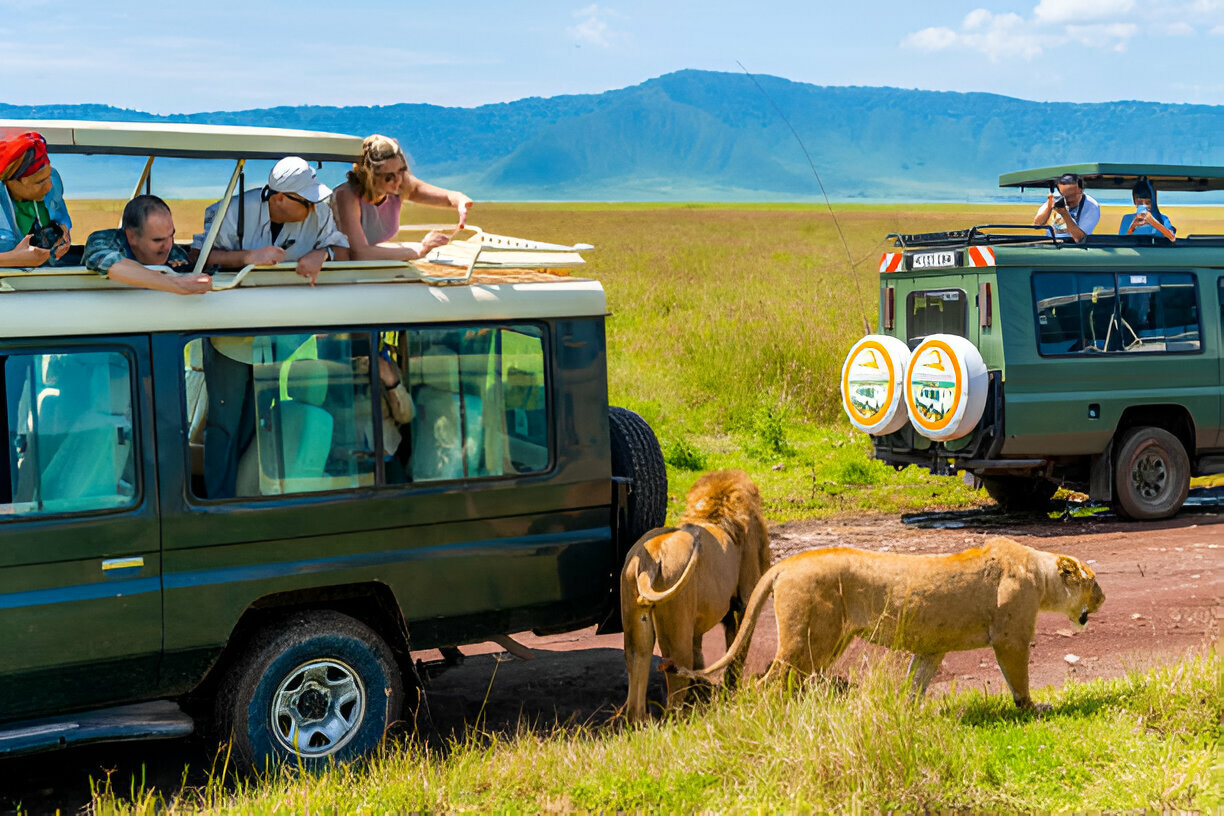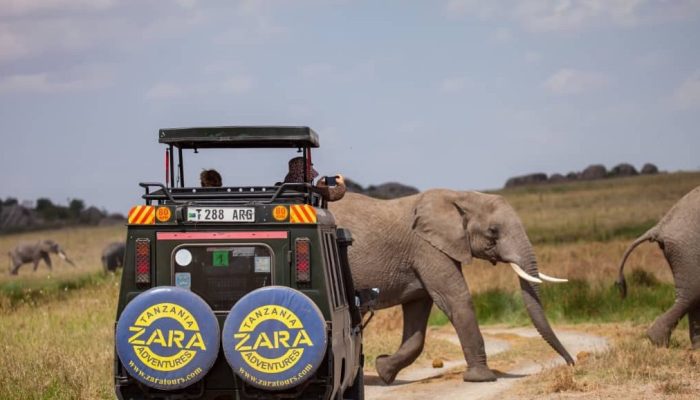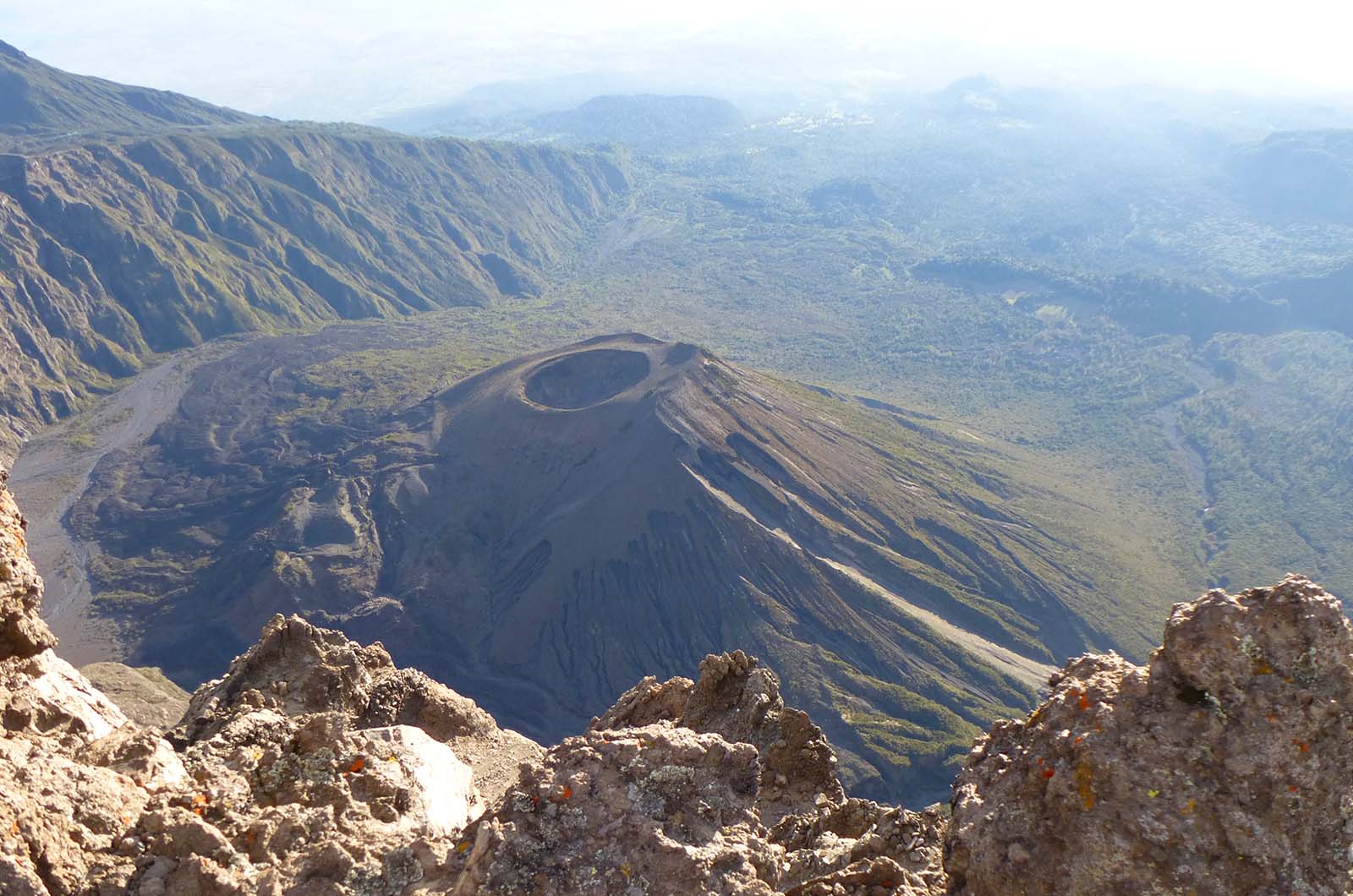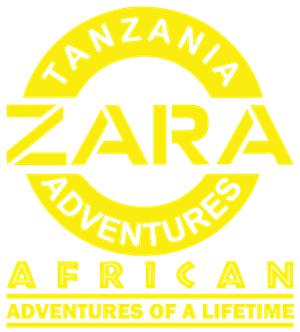Climbing Kilimanjaro is something you will have planned and trained for, so after all that exertion, why not treat yourself to some of the spectacular Tanzanian sights?
Whether it’s lying around on the beach in Zanzibar, tackling the second climb of Ol Doinyo Lengai or Mt. Meru, or taking the opportunity to go on safari, there’s plenty to do after your climb. Immersing yourself in the sights and sounds of Tanzania will extend your memories of your amazing climb.
Get in touch with our friendly staff, and we will be happy to make some suggestions or offer any help and guidance you may need. And if you haven’t booked your Kilimanjaro climb yet, what are you waiting for? Let’s go!


